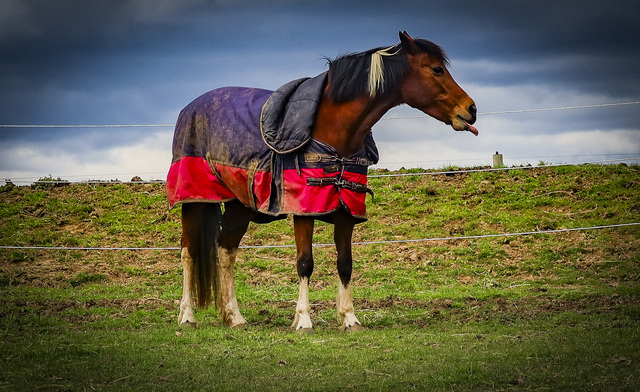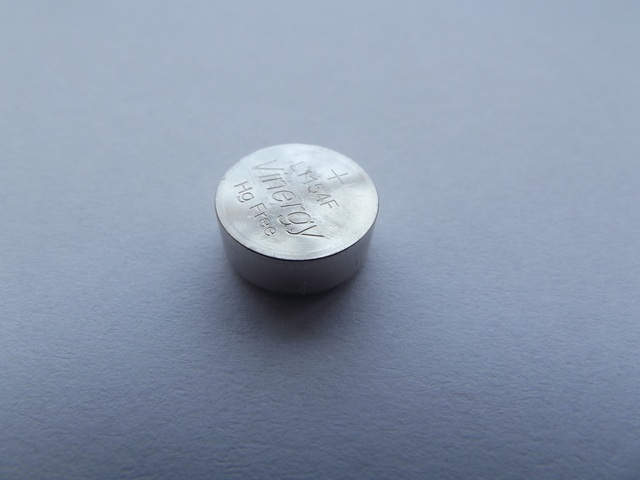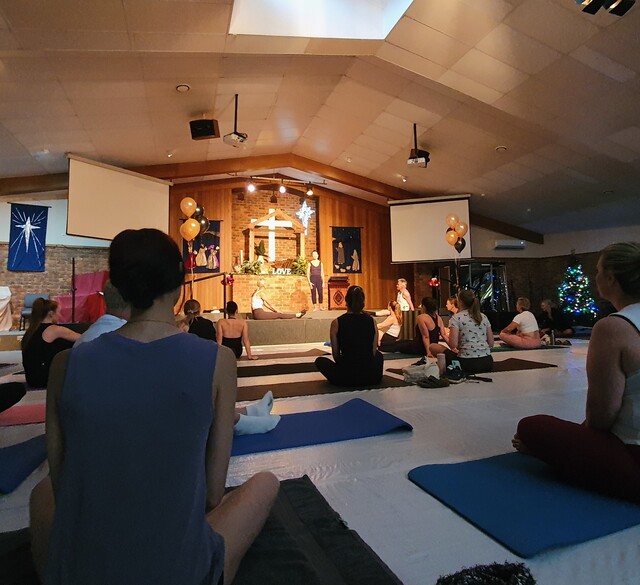ONE hundred years ago today, soldiers from the Australian and New Zealand Army Corps – ANZACs were on Lemnos, a sun-bathed Greek island situated in the Aegean Sea.
Many of these soldiers had not been outside of their home country before.
Almost all of them had never fought a battle.
Yet in three weeks’ time, they would sail 50km west across the sea and up the Dardanelles to a Turkish beachhead.
The plan was to land there, march along the coastline to the capital city of Constantinople, and swiftly force the surrender of the Ottoman Empire. That beach was called Gallipoli.
As we now know, the operation that commenced on 25 April 1915, was to ultimately fail.
But an enduring legend had been born – that of the Anzac.
In all, 420,000 Australians enlisted and earned the Anzac moniker.
Over 8000 Australians died at Gallipoli from a total of 60,000 Australian fatalities during World War I.
The war touched every community across the nation.
Locally, Warburton RSL is commemorating the service and sacrifice of the 151 local men who served at Gallipoli by constructing a beautiful mural wall, featuring a mosaic poppy for each of the 47 soldiers who were killed in action.
Of course, World War I commenced in August 1914. A little known fact is that the first shot of the war was fired in Australia, from Point Nepean, at a passing German vessel.
In conjunction with Montrose Rotary, I unveiled a plaque last year in honour of Montrose resident Charles Morris, the artillery major who ordered that infamous shot.
The war had a profound impact here at home as much as it did overseas.
The Bells of Peace project will tell the story of Anzac from a local perspective through song. Working with RSLs, schools, historical societies, and community groups, the Dandenong Ranger Music Council has composed a suite of musical scores for schools and choirs to perform at local commemoration services.
And last Sunday, I had the honour of helping launch the book Great Courage and Initiative – the heroic life of George Ingram VC MM. A Seville local, Ingram was awarded the Victoria Cross, our highest decoration for gallantry, in recognition for his bravery on the Western Front in France.
These commemorative projects – and more- have been made possible, thanks to the federally funded Casey Centenary of Anzac Committee, which has provided $125,000 worth of grants to RSLs, schools, Rotary clubs, and other groups to remember the service and sacrifice of Australia’s finest.
Anzac Day is always a special and solemn occasion. It will be especially so this year with the Centenary of Anzac.
If you are able to, I encourage you to attend a dawn service in your local town or follow coverage through the day to remember all Australians who have served, from World War I to those who serve today.
Nothing could prepare soldiers for war
Digital Editions
-

Victoria records highest-ever number of cancer diagnoses
Purchase this photo from Pic Store: 497794 New data released today by the Victorian Cancer Registry (VCR) has revealed that in 2024 the state recorded…





